The world’s most advanced extreme-ultraviolet microscope is about to go online at theDOE’s Lawrence Berkeley National Laboratory.
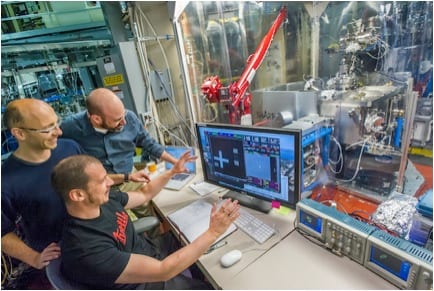

The world’s most advanced extreme-ultraviolet microscope is about to go online at theDOE’s Lawrence Berkeley National Laboratory.
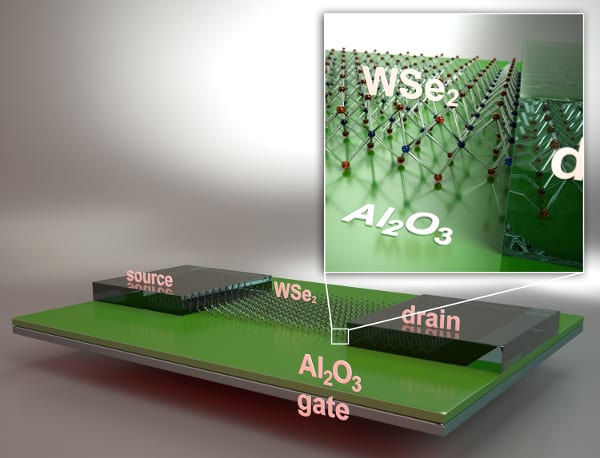
UC Santa Barbara researchers demonstrate first n-type field effect transistors on monolayer tungsten diselenide with record performance.
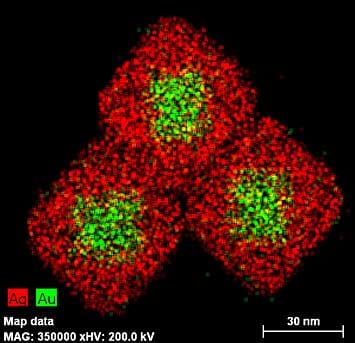
A team of scientists has developed a new, simpler way to discern molecular handedness, known as chirality, using gold-and-silver cubic nanoparticles.
Program is intended to meet the growing demand for workers who can keep pace with emerging nanotechnologies.
IMAT results from an investment of nearly $10 million that Georgia Tech has committed to establish an interdisciplinary materials innovation ecosystem.
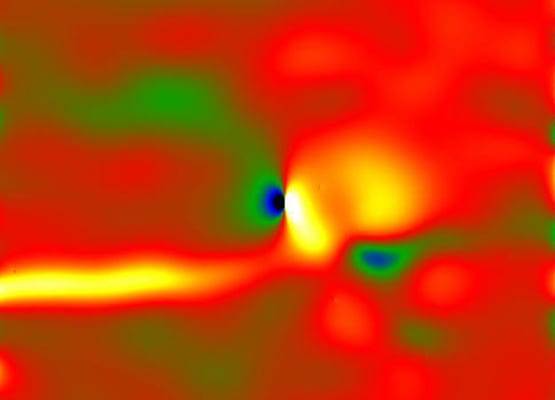
Researchers have obtained clear, crisp atomic images of an li-ion battery electrode during charging.
Researchers release massive database of molecules that might be useful in organic solar cells.
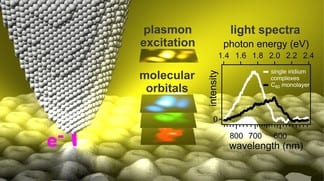
Scientists have discovered how optical signal transmission can be controlled, which could lead to integration of plasmonics with electronic circuits.
New research describes a device and method which enables the ambient temperature production of 100nm fibres in a commercially attractive way.
New electronics harness quantum tunnelling to create transistors without semiconductors.